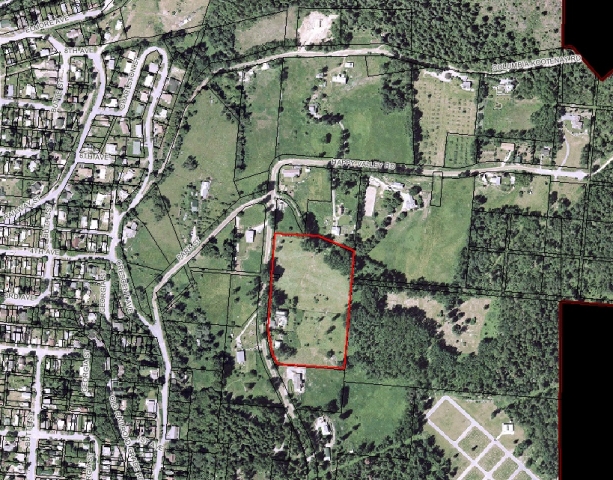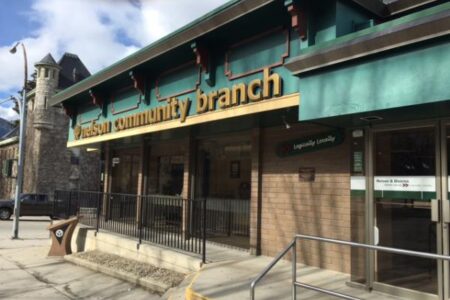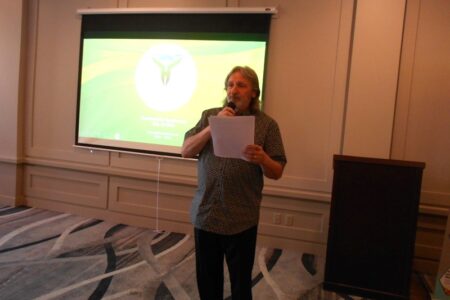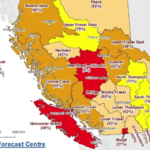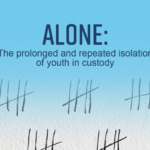Drawing the Line: arbitrary green space or agricultural potential?
Brenda Trenholme contested Happy Valley’s zoning at council two weeks ago, in particular the five acre limit on subdivision size. The limit is a means to fulfill the Official Community Plan (OCP) objective to preserve agriculturally viable land, but council granted Trenholme permission to proceed with the OCP amendment process, which will include at least one public consultation.
We address Trenholme’s argument and council’s reaction in an editorial.
Trenholme hopes to divide her 7.9 acre lot to sell her large family home on three acres, and to retain the other five acres to “downsize” and build “another small dwelling” to live in. But the rural-residential zone for Happy Valley does not permit subdivision unless both subdivided parcels are at least five acres.
The purpose of the limit is “to support local agriculture and food production through preservation of agriculturally viable lands,” according to the OCP, a document produced over years and numerous public consultations to reflect the community’s collective vision for the future.
“Most of the homes in Happy Valley are already on less than three acres,” she argued, “and most are probably on two acres. The atmosphere in Happy Valley wouldn’t really change.”
Trenholme held that the five acre limit is arbitrary, undemocratic, and unfair.
“It’s a very arbitrary law,” she said, reflecting on the history of the limit. In 1988, Don Rousseau sold five acres to Ralph Behrens and council decided to make five acres the lower limit for future subdivisions in the agricultural zone, according to Trenholme.
“It seems quite undemocratic that the people directly across the street from me since I put my proposal in have subdivided their land on less than two acres, because they happen to be on that side of the road instead of this side of the road, from me to you away,” she said.
“The few people in Happy Valley who have more than five acres—I think it’s only three or four of us—even if those people did subdivide, it would mean very little change to the overall density,” she added.
“It seems so unfair that I couldn’t build on five acres, especially when I have to pay tax on almost 8 acres,” she said.
Trenholme argued that it has become more difficult to get farm taxes—the substantially lower taxes that landholders pay if they or a farmer can produce a gross (total, before deductions) income of at least $2500 in primary produce from their acreage. Small plot owners, such as urban farmers, must produce $10,000 in gross income to qualify for farm taxes.
“Now that they’ve changed the abattoir laws and people aren’t doing small farming—and they don’t require my land to graze their cattle—I can’t pay just farm taxes on that land any more,” Trenholme said, referring to stringent slaughter regulations that haven’t stopped Maple Leaf from producing contaminated food, but have put many small cattle farmers out of business.
From Trenholme’s point of view, the acreage limit on subdivision is “for those few people who enjoy the view” at the expense of “those of us who pay high taxes on large plots of land.”
“For us to provide green space for the entire valley, when we can’t make it economically feasible, it just seems very arbitrary,” she said.
Trenholme reported that she has consulted with her neighbours—who include both small landowners in the residential zone across the street, and other large lot owners in Happy Valley—and “they are all in agreement,” she said. “They have no issue with me doing that.”
“I have no interest in developing it into a subdivision,” she added. “I would like to live on that five acres in a small home I can afford to keep.”
Trenholme’s plan includes giving the city the road to the cemetery, a road that currently traverses her land.
The land R-1R “Detached Rural Residential” zone (Section 6.4 in the zoning bylaw) allows 200 square meters of dwelling coverage,and a maximum building coverage of 15 per cent on a minimum lot size of 2 hectares. Permitted uses include agriculture, kennel, bed and breakfast, home occupation, detached secondary dwellings, and accessory buildings.
Editor’s Note: This article originally misspelled Brenda Trenholme’s name and has been corrected twice. Our apologies for the errors.


